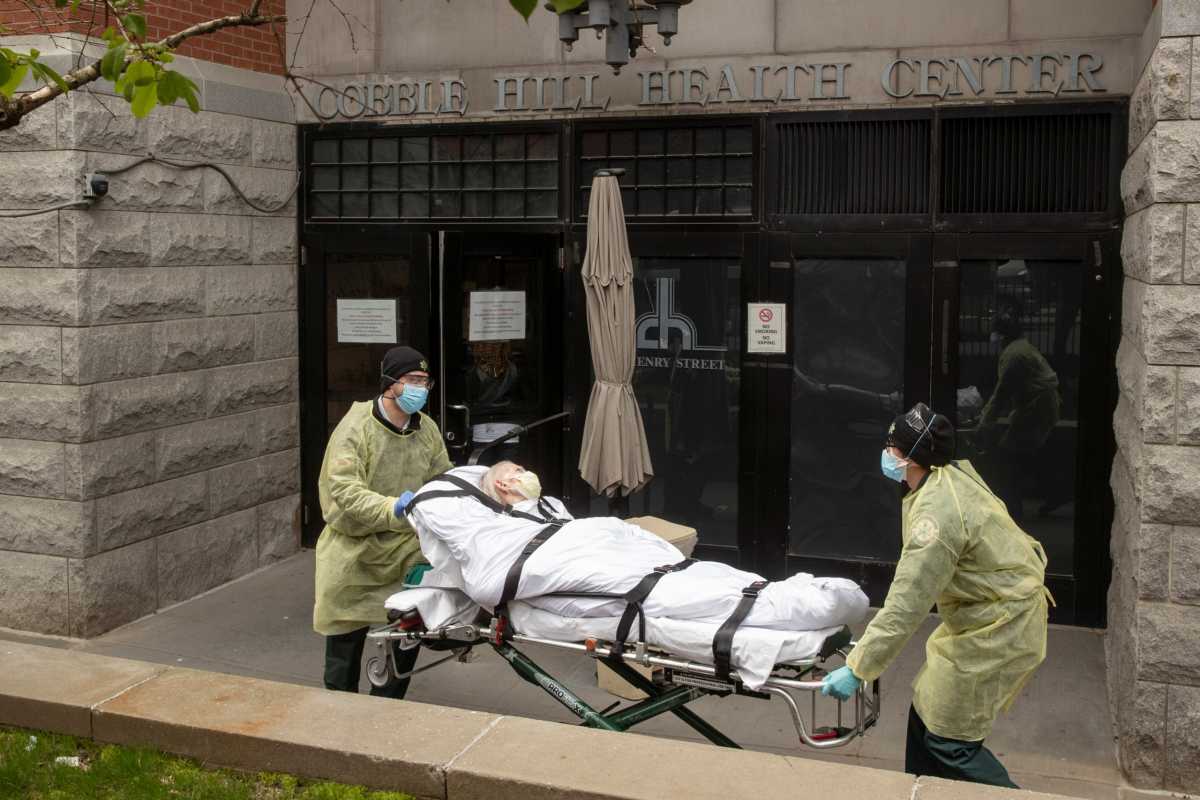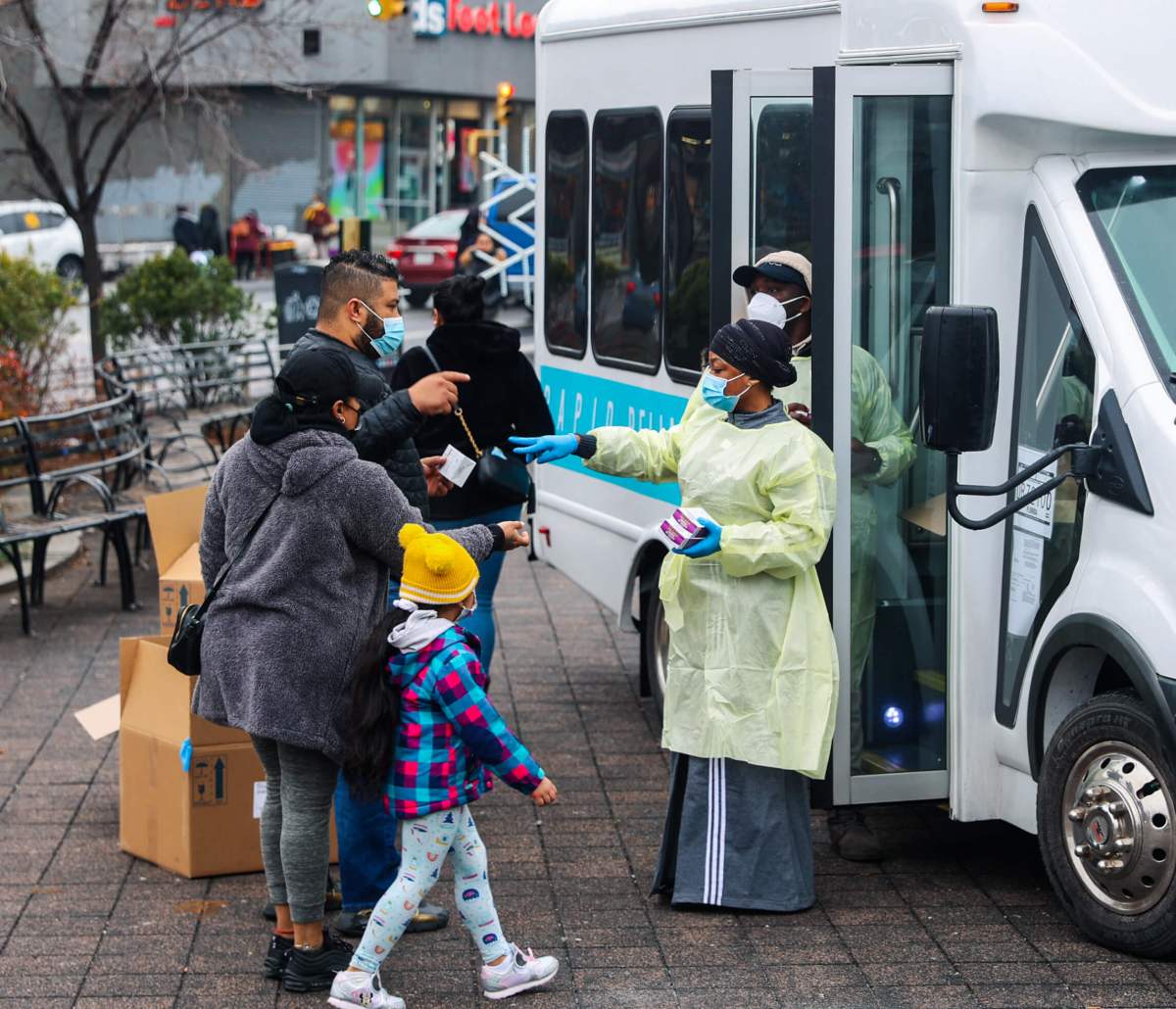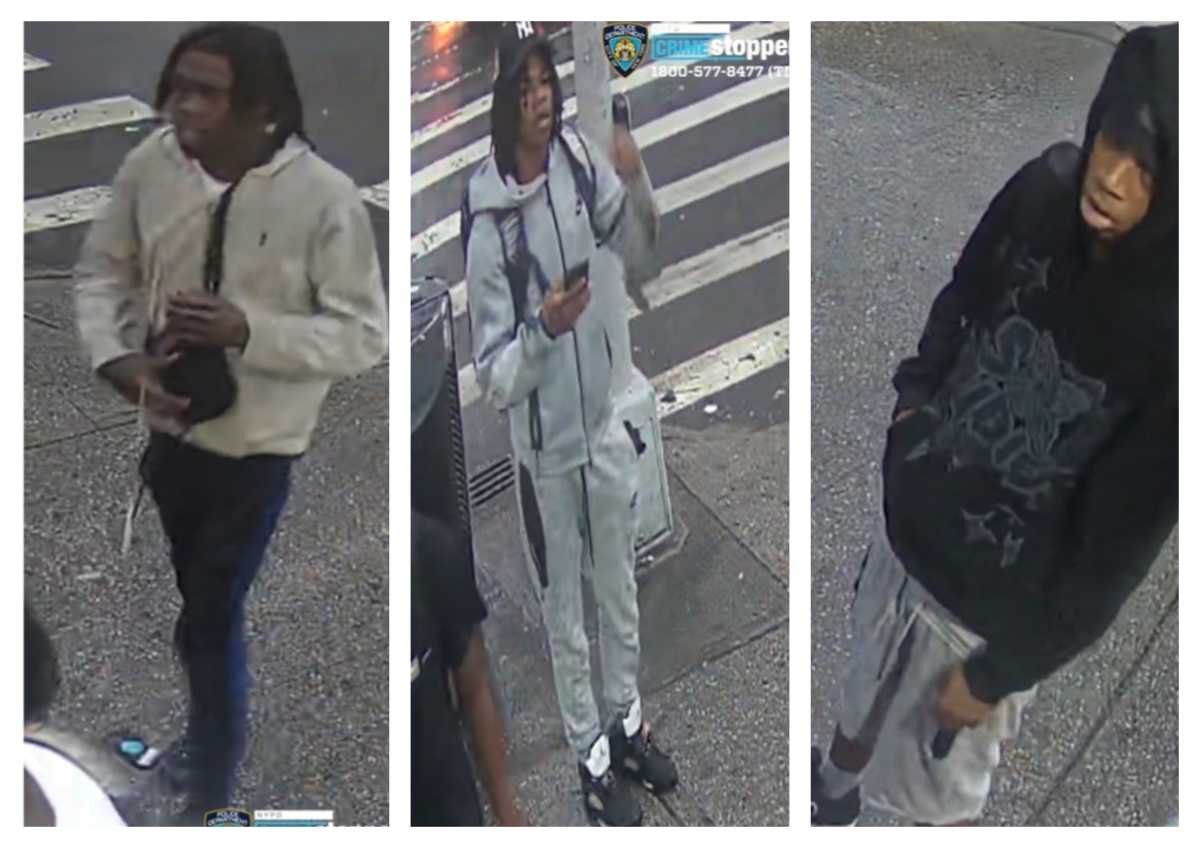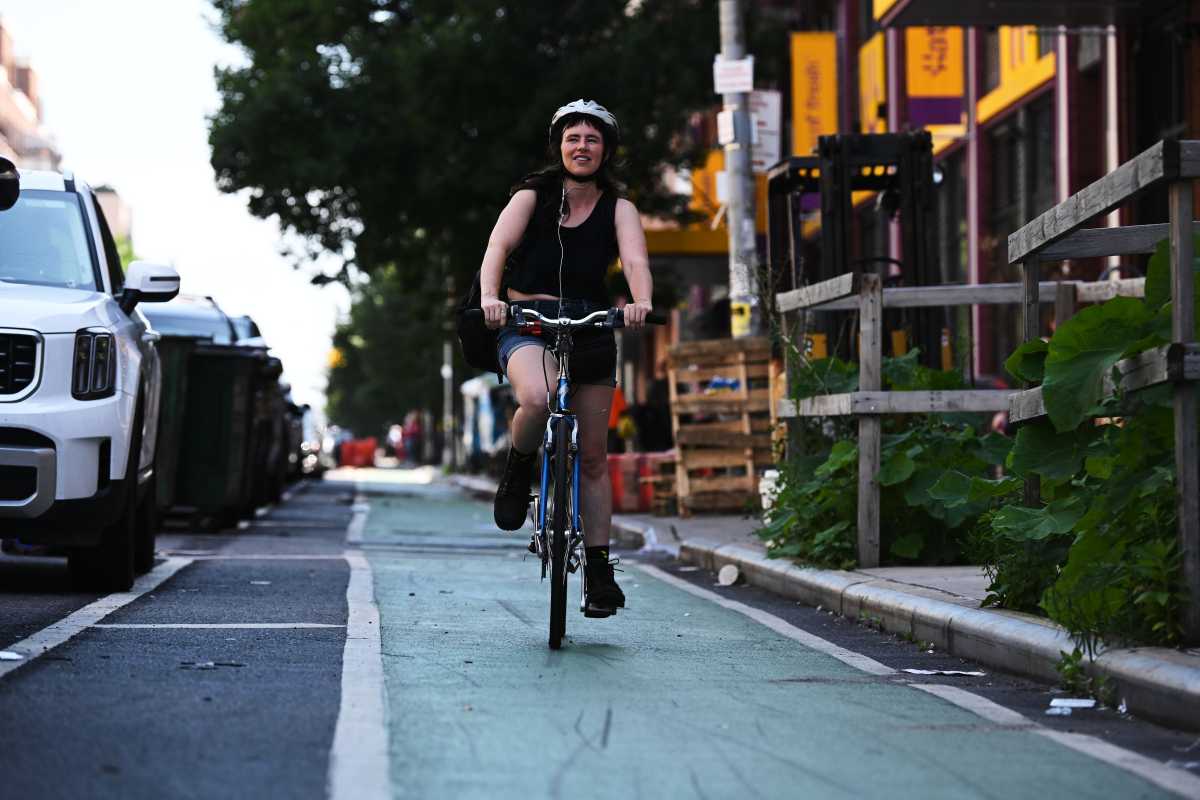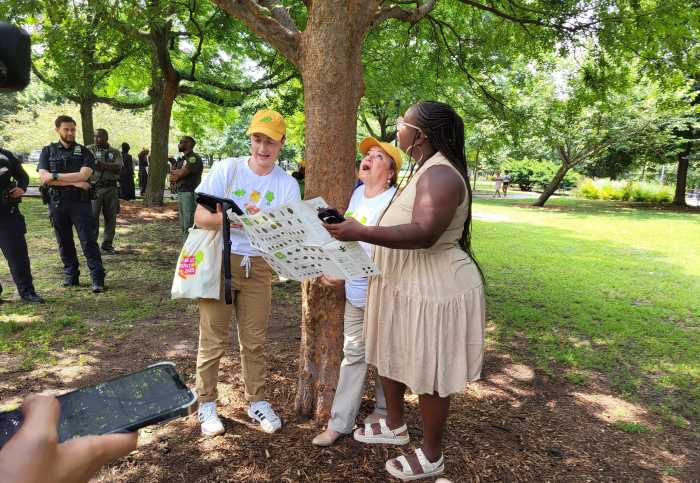Months before science and experience revealed the devastating spread and dangerous nature of COVID-19, staff members and visitors at New York’s nursing homes unknowingly exposed their patients to the highly infectious and deadly disease.
That was the primary conclusion of the state Health Department’s report on the COVID-19 pandemic in New York state nursing homes released Monday. State Health Commissioner Dr. Howard Zucker outlined the details of the report, which sought to dispel widely-spread falsehoods about the state’s handling of the health crisis, during a July 6 press conference in Manhattan.
Critics of Governor Andrew Cuomo’s handling of the crisis have blamed him for the high number of nursing home deaths in New York during the height of the pandemic. They’ve pointed to a March 25 directive on admission policy for patients hospitalized and later discharged for COVID-19 as evidence of the alleged mismanagement.
But Dr. Zucker said Monday that the facts simply do not support such a conclusion.
Nursing home patients who wound up in the hospital with COVID-19 were no longer contagious upon their return, and therefore did not introduce COVID-19 to the facility.
If anything, Zucker said, the COVID-19 virus was in the facility long before any patient wound up becoming infected.
The report concluded that nursing home staff members likely contracted COVID-19 as early as mid-February and wound up spreading it to patients while asymptomatic. Though the first official New York state COVID-19 case was detected on March 1, a study by the Mount Sinai Health Care System of blood samples collected in February found COVID-19 antibodies in the samples as early as the week of Feb. 23.
That means that a number of New Yorkers, including health care workers, likely had the coronavirus in February and didn’t realize it. At that point in the global pandemic, there were suspected COVID-19 cases in New York, and the only tests available to the state were based out of the Centers for Disease Control and Prevention headquarters in Atlanta.
“I want to be clear… this is not to place the blame on nursing home staff,” Zucker said Monday. “We’re here to look at the signs and try to figure out the data. We need to look at this from that moment in time.”
The report found that nearly a third of all nursing home workers in New York state contracted COVID-19, likely picking the virus up through community spread. They then unknowingly brought the disease to work with them, infecting nursing home patients.
Visitors to nursing homes likely also exposed nursing home patients to COVID-19 before the pandemic took hold in New York state, Zucker added.
The peak in nursing home fatalities, on April 8, occurred six days before the peak of nursing home admissions following COVID-19 infection, April 14, Zucker added. There was also a direct correlation between nursing home staff infections and the number of nursing home deaths.
“COVID-19 was already in the nursing homes,” he said. “From innumerable conversations [with nursing home administrators], the vast majority of residents who went to the hospital had respiratory issues, invariably caused by COVID. The admissions and readmissions did not introduce COVID to the nursing homes.”
While that explains the spread of the infection, the commissioner went into the reasons for such high numbers of nursing home deaths. He suggested that the frailty of most under care at nursing homes contributed to their demise from COVID-19.
“It goes without saying that most nursing home residents are frail,” Zucker said. “Their bodies have weathered the test of time. The slightest challenge to their physiology can be catastrophic. Any disruption to their life pattern can have adverse effects on the elderly.”
He also dispelled the notion that lower-quality nursing homes had higher rates of death from COVID-19, noting that five-star rated facilities had a 12% higher mortality rate.
If there’s a scapegoat for the horrors suffered in New York’s nursing homes, the commissioner concluded, it’s the virus itself.
“If you’re going to place blame, I would blame the coronavirus,” Zucker told reporters. “We didn’t know [then], no one knew the virus was here when it was here. … The data from the antibody studies confirmed that. They (nursing home staff) worked diligently to care for those in the nursing homes.”
Read the full report on the state Health Department’s website, health.ny.gov.



